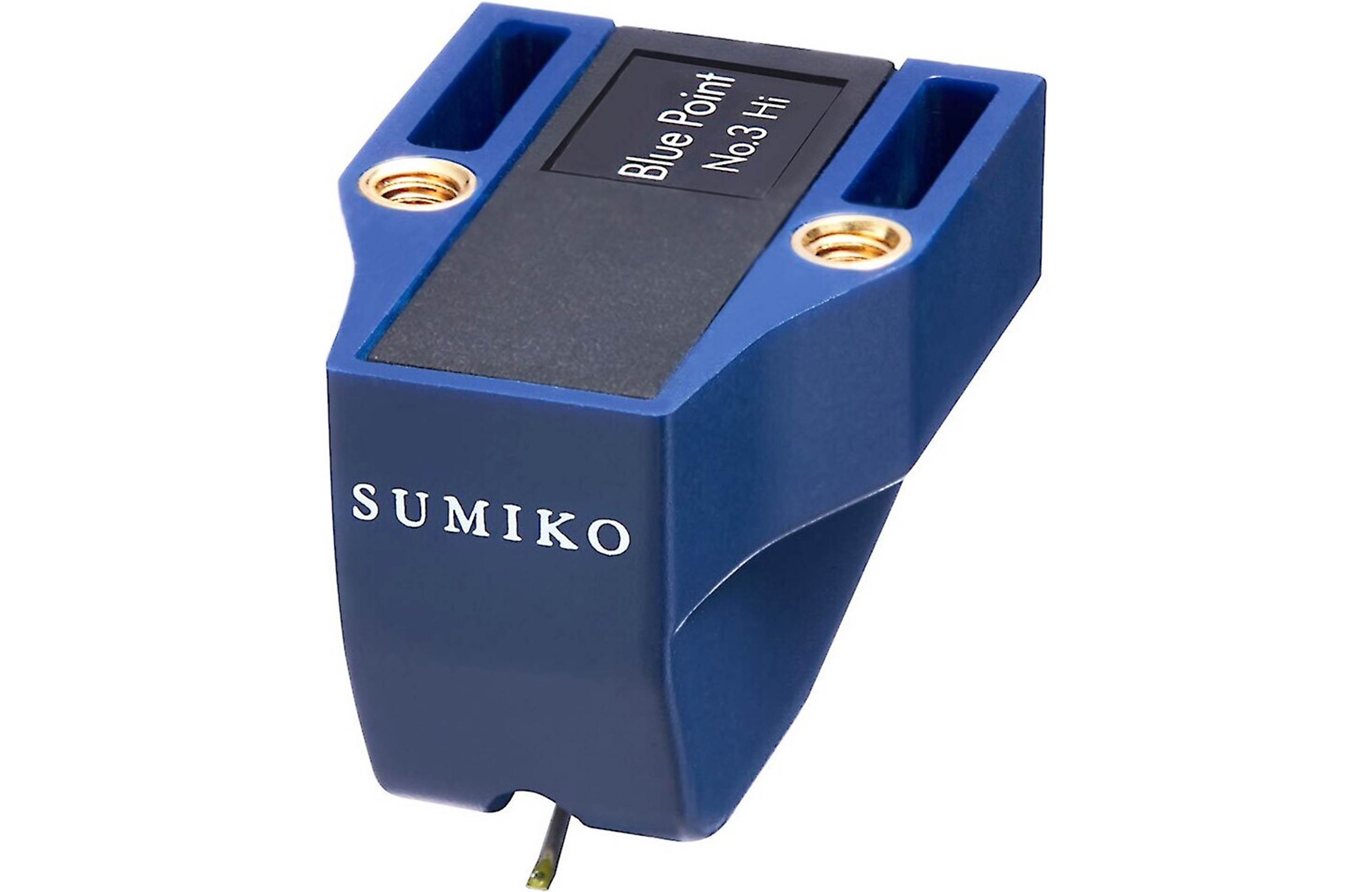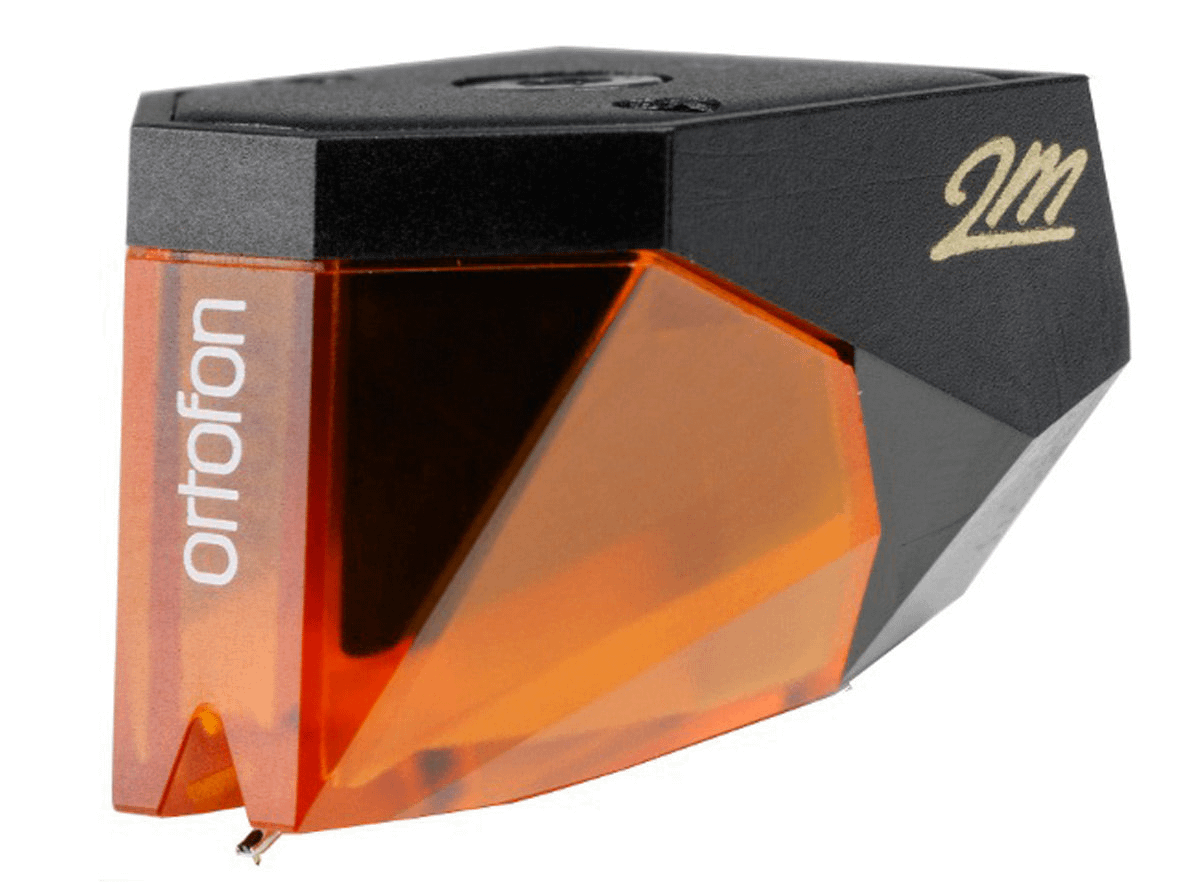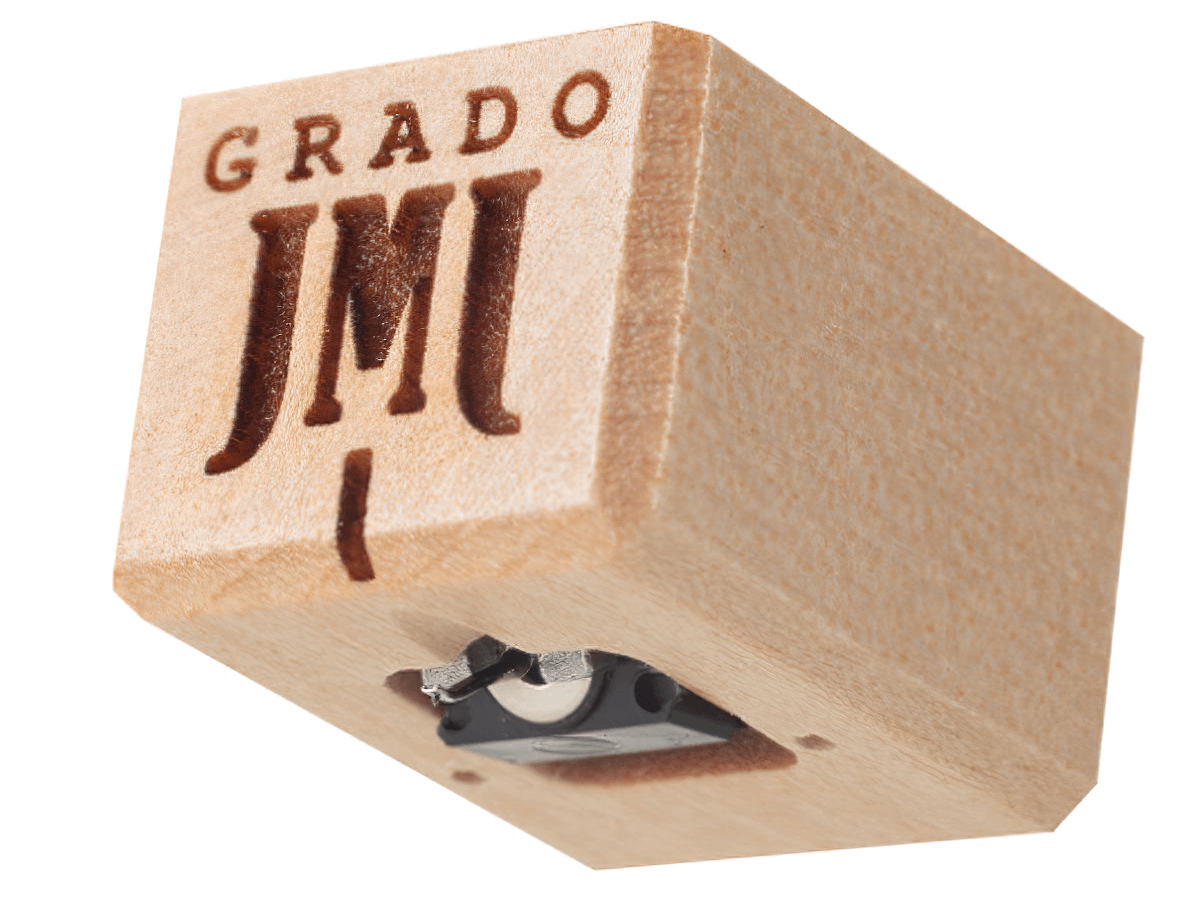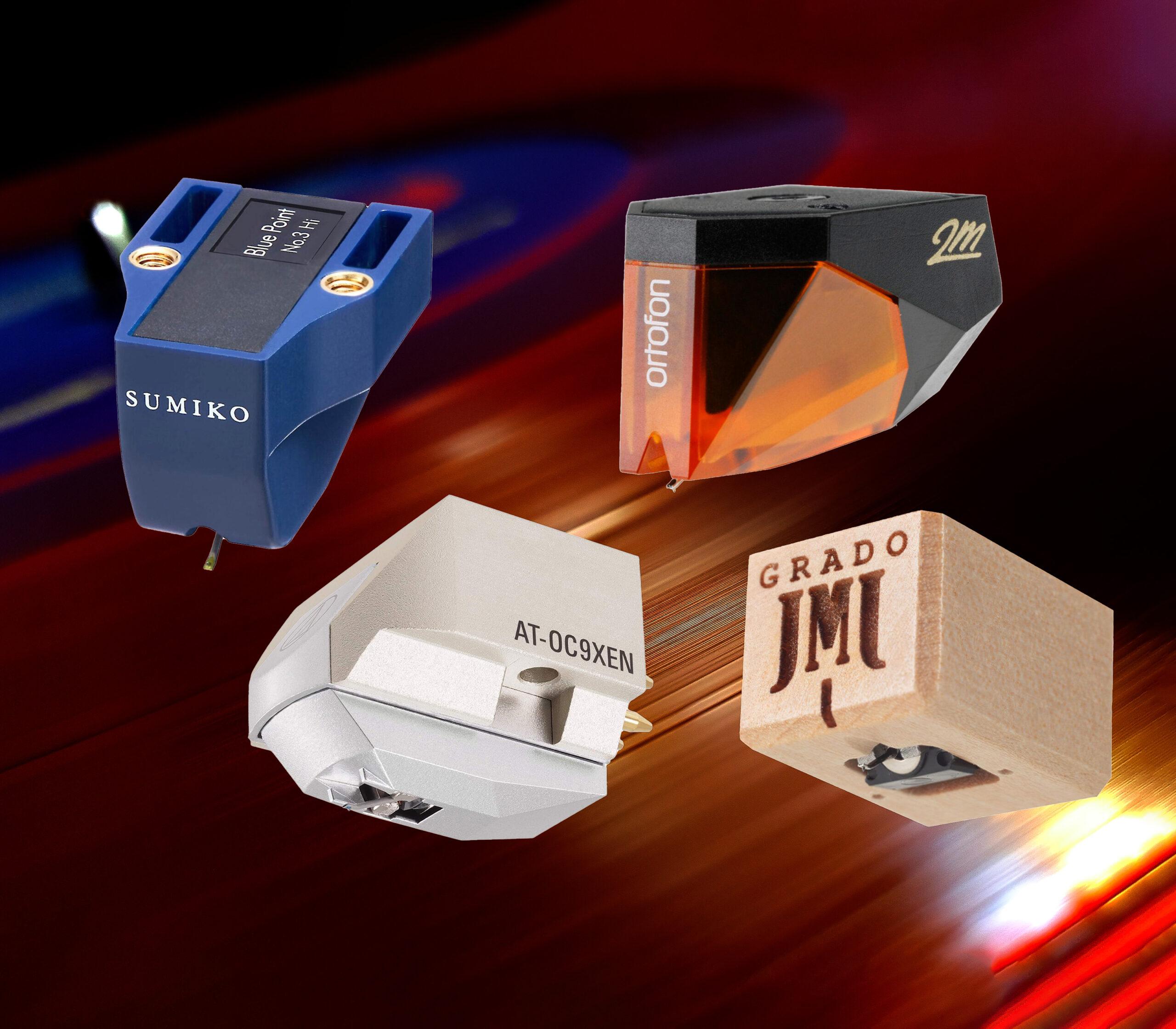Nearly 40 years ago, at the launch of Compact Disc, I opined that the new format would succeed if only because it relieved us of having to install phono cartridges ever again. Yet, now, four decades later, I find myself squinting and chasing after screws that seem to have gotten even smaller over time.
The unanticipated staying power of vinyl has necessitated a return to the arcane science of squaring up a cartridge, checking the arm-to-record parallelism, adjusting the tracking and anti-skating forces and settling down with a metaphorical brandy to hear music.
While today phono cartridges can be had for astronomical sums of money, they can also be bought and enjoyed by serious listeners for considerably less. The following paragraphs are basically notes taken as I listened to each of four cartridges carrying price tags of $500 or less. My quartet is by no means the entirety of the field, however, it is probably typical of it. My point is that if you are interested in vinyl, good – non-destructive -- reproduction can be yours without sacrificing a child or a mortgage payment.
My listening samples included, but were not limited to, several pop and classical selections that I have used for years in evaluating audio gear: the title cut from Carly Simon's "Anticipation" album; three Linda Ronstadt songs from the first volume of her "Greatest Hits" series. Beethoven's Piano/Cello Sonata No. 1, as performed by Mstislav Rostropovich and Sviatoslav Richter has been a "go-to" classical test for me for years. Two "new" classical tryouts are the Mercury Living Presence recording of the Brahms Violin Concerto, with Herbert Menges conducting the London Symphony Orchestra and Josef Szigeti as the soloist; and Julian Bream's "Lute Music from the Royal Courts of Europe."
On the Record
The facts and figures of the four cartridges can be found in the accompanying chart. My comments on listening are below:
| Audio-Technica AT-OC9XEN | Grado Opus 3 | Ortofon 2M Bronze | Sumiko Blue Point No. 3 (High) | |
| Cartridge Type | Dual Moving Coil | Moving Iron | Moving Magnet | Moving Coil |
| Frequency Resp | 20 Hz - 30 kHz | 10 Hz-60 kHz | 20 Hz-29 kHz | 13 Hz - 35 kHz |
| Output Voltage | 0.35 mV(1 kHz, 5 cm/sec) | Hi/Lo 4.0mV/1.0mV@5cmv | 5mV @ 1 kHz, 5cm/sec | 2.5 mV (1 kHz) |
| Ch. Separation | 25 dB (1 kHz) | 30 dB 10Hz - 30 kHz | NL | 30dB (1 kHz) |
| Ch. Balance | 1.5 dB (1 kHz) | NL | NL | <1dB (1 kHz) |
| Compliance | NL | 20µ/mN | 22µm/mN | 12 x 10-6 cm |
| Stylus Size/Shape | 0.3 x 0.7Elliptical | Elliptical Diamond | Nude Fine Line | 0.3 x 0.7 Elliptical |
| Internal Impedance | 135 | NL | NL | 135 Ohms |
| Load Impedance | NL | NL | 47 kOhms | 47 kOhms |
| Tracking Force | 1.8 - 2.2 g | 1.6 - 1.8 g | NL | 1.8 - 2.2 g |
| Rec. Trk. Force | NL | NL | 1.5 g (15 mN) | 2.0 g |
| Cartridge Weight | 7.6 g | 8.0 g | NL | 6.0 g |
| Sug. Ret. Price | $349.00 | $275.00 | $419.00 | $499 |
Sumiko Blue Point No. 3 High
Moving coil cartridges are known for their transparency, low output – and high price. Sumiko offers two versions of the Blue Point No. 3, one with a traditionally low output – 0.5 mV – and the one auditioned here with a 2.5 mV output. And while many thousands of dollars can be spent for an MC cartridge, both models retail at $498. Perhaps, most importantly, the transparency is apparent from the stylus drop.
Since I was looking forward to this listening session with high hopes, “Anticipation” seemed the appropriate first track. Carly Simon’s voice was clear, as was the somewhat muted guitar. The percussion attacks were crisp and definitive. A good beginning, I thought.
Moving on to Linda Ronstadt, the dueling electric guitars on “That’ll Be the Day” were clear and well-defined. The central space was filled with Ronstadt’s voice, giving the song a lilt and further immediacy. The Russ Kunkel’s drum kit came nicely alive on “When Will I Be Loved.”

For this one, I put on Bette Midler’s version of “The Rose” from the same-titled movie. The track has significantly more manipulation than Amanda McBroom’s original interpretation. The Sumiko demonstrated the balance between the voice and the piano and revealed the depth of the echo and clearly defined vocal “layering.”
Julian Bream’s lute posed a different obstacle for the cartridge. It met the challenge by providing clean, sharp attacks as Bream plucked the lute strings. Transients were handled with ease, with each string clear and distinct even in fast passages. The Brahms Violin Concerto provided a different hurdle – the delicacy, subtlety, and softness of Szigeti’s fiddle set against the enormity of the Brahmsian orchestral panorama. The Blue Point No. 3 was equally at home with either and yielded the intimate sounds of fingers and bow on strings in the cadenza and the power and spread of the orchestral conception in the concerto’s final movement.
Mounting the Sumiko was straightforward. It was easy to mount to my headshell, and the plastic stylus guard remained firmly in place as I adjusted the arm height. Shop now at Crutchfield.
Ortofon 2M Bronze
The Ortofon 2M Bronze is a moving magnet model and one of the least expensive of the company's six-model 2M line. Its clear strength is – just that, clarity. While seemingly pitched lower than others in this survey, the sound is sweet, with an excellent articulation of the piano in "Anticipation" and clear plucking of Julian Bream's lute strings, even in the faster passages.
The guitar's steel strings are cleanly heard on Ronstadt's wonderful version of "It Doesn't Matter Anymore," the guitar's steel strings are cleanly heard. In the incredibly fun "That'll Be the Day," the electric guitar duel between Waddy on the right and Andrew Gold on the left, the cartridge maintains the separation as well as the distinct differences between the two. Perhaps, this cartridge shines brightest when reproducing strings. Both Szigeti's violin and Rostropovich's cello are voiced lovingly and warmly, but with articulation that rewards the years of practice required to achieve the sound.

The 2M Bronze does not shortchange Richter's piano in the Beethoven nor the orchestral spread of the London Symphony in the Brahms. It delivers the clarity and depth embedded in the grooves. My only reservation with this cartridge – probably valid for the entire 2M line – is that mounting can be tricky. I was glad that I had a few recent installations under my belt before I attempted this one. Shop now at World Wide Stereo.
Grado Opus 3
In addition to being the least expensive model in this survey, the Grado Opus 3 also provides two other exclusives here: it is a moving iron design – unusual in any case – as is the wooden cartridge housing. Grado notes that the maple wood housing is not simply for cosmetics. It says that its experience in designing and manufacturing headphones has alerted it to the properties wood adds to sound. Specifically, the aging process gives the cartridge better damping and resonance control. The Opus 3 was created to bridge the gap between entry-level and higher-end models. The unusual housing did not complicate mounting the Opus 3. It went smoothly. The stylus guard is also wood and fits onto the housing via "spikes" that pressure fit into the housing's pre-drilled holes.
In my listening, the Opus 3 seemed to be pitched lower than some of the other models tested here. On "Anticipation," Carly Simon's voice appeared somewhat detached but clear and warm. The piano was crisp and sounded like – a piano. Not easy to achieve. Moving to Linda Ronstadt, the Opus 3 was dead-on but a bit standoffish. The percussion was precise and defined on "When Will I Be Loved," and the voice caressingly understated and beautiful on "It Doesn't Matter Anymore." Transients were easily handled on "That'll Be the Day."

As for the Classical listening, Julian Bream's lute playing was crystal clear, with each string pluck distinct and complete with resonance and overtones. The Beethoven cello/piano sonata again showed the excellent transient response of the Opus 3. The overall sound was precise, with the cello clear and the piano vibrant. No mud to be seen or heard. My experience of the Brahms was equally satisfying, the orchestral spread of the recording was maintained, and I could hear Szigeti's fingers on the violin strings in the first movement cadenza. Shop now at Audio Advice.
Audio-Technica AT-OC9XEN
The Audio-Technica AT-OC9XEN is one of the two moving coil cartridges in our survey. In fact, it is "dual" moving coil, utilizing independent coils for the left and right channels. The company says that the two-coil approach provides better separation. I can vouch for the fact that the separation, while not measured, appeared outstanding on Ronstadt's "That’ll Be the Day.
The other Ronstadt tracks were treated equally well. The musical spread was distinct, with a sense of place and position on “When Will I Be Loved.” And the drum kit was crisp and taut. The distinct definition carried through on “It Doesn’t Matter Anymore.”
Carly Simon’s “Anticipation” proved to be something of an anomaly. Again, excellent spread, clearly defined voice, and strings. I found the overall sound dry, balanced, and pleasing, while one of my colleagues used the term “astringent” to describe the song.

Moving to the classical selections on the Julian Bream, I found the cartridge delivered a keen sense of immediacy. The illusion of the lute being in the room was palpable. The fingers on the strings were clearly defined. That followed through on the Brahms. The violin attacks were sharp and clean. The sweep of the Living Presence recording was maintained with a sense of a complete three-dimensional image. At the same time, Szigeti’s bowing is clearly heard during some passages. The Beethoven seemed to be the antidote to the Carly Simon if one was needed. We agreed that the heard results were warm, musical, and transparent.
The AT-OC9XEN mounted easily, although I found the stylus guard came off the cartridge a bit too easily for my comfort. Shop now on Amazon.
Going Forward
At the end of some long hours of repeated listening to the same performances, my conclusions are that the art and science of cartridge design is alive and well. And, luckily for us, we don’t have to spend a King’s Ransom to enjoy them.
Each of the four cartridges heard for this survey provides incredibly good performance that is likely to satisfy most listeners for quite some time. While they are distinguishable from one another, every one delivers high-quality sound. Music reproduction, like the music itself, is a matter of taste. And which cartridge fits your needs, music preferences and budget becomes an intimately personal choice; it’s possible that for one reason or another our quartet of cartridges does not suit your needs.
You might want to check out the Hana EH, at Amazon for $475. Or, perhaps, a new turntable with cartridge pre-installed is an attractive option. The Pro-Ject EVO comes with a Sumiko cartridge pre-mounted for $599 from World Wide Stereo, and Fluance’s RT81 Elite comes complete with an Audio-Technica AT-95E cartridge for $249.95 from Amazon.
As a reviewer, the experience has made me more than curious about what even lower-priced cartridges might sound like. Several of the brands examined here offer models selling for $200 and under and others, such as Nagaoka and Clearaudio Concept, serve that market, as well. I look forward to continuing the search for diamonds.



